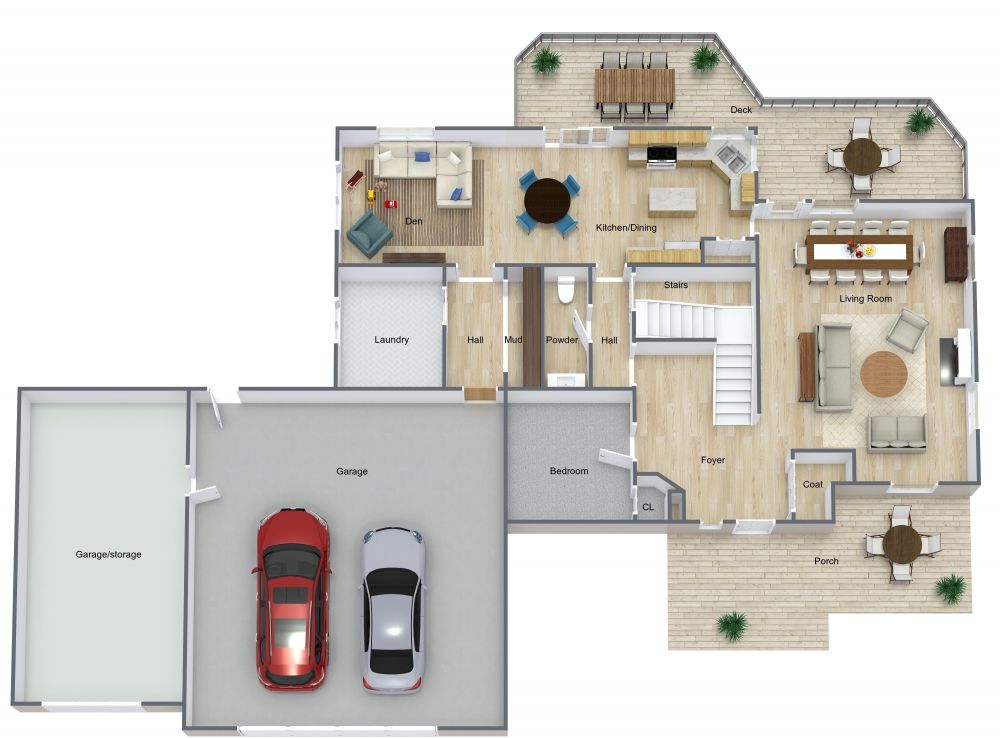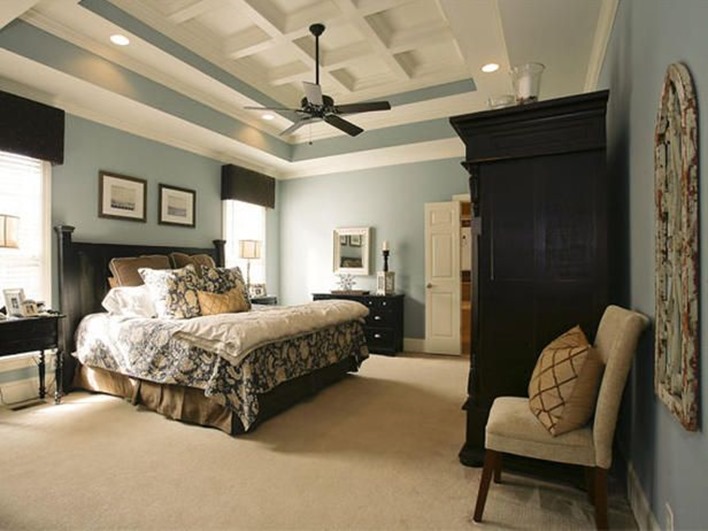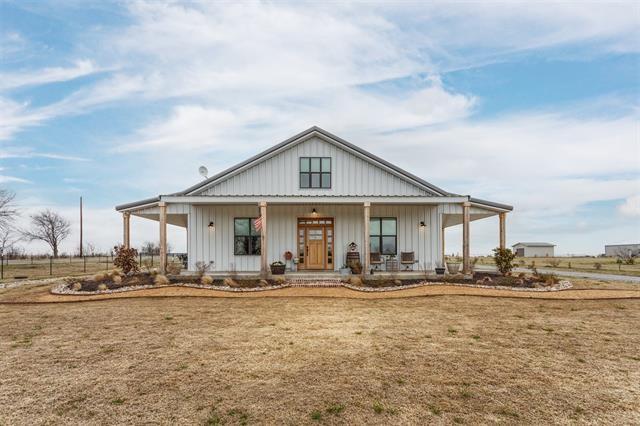
Garage shelving is a great way to improve the efficiency of your storage space. There are many styles and types to choose from. You can choose from freestanding units or mounted shelves that attach directly to your garage wall. Each garage shelving option has its pros and cons.
Mounted models are lighter than freestanding units. They are also much easier to transport than mounted shelving. They are not as stable. They can improve mobility but also reduce the maximum weight of the unit.
Mounted units, on the other hand, require more work and installation. Make sure you choose the correct shelving system for heavy items. The best shelving will maximize storage space and give your home a beautiful appearance.

Wire shelving is an excellent choice. It is lightweight enough for easy transport, but sturdy enough to hold heavy items. Some wire shelving systems have wheels. Whether you choose a freestanding or mounted unit, it's important to choose the right materials to protect your investment. Particle board is lightweight and easy to stain.
Metal shelving is another option. Metal shelving can be cleaned easily and is durable. Some metal shelving units are secured in place with fasteners, but they can also be used as freestanding shelving. In addition, if you want to clean up your metal shelving, you can use all-purpose cleaners and degreasers.
Shelving racks can be made of various materials, including plastic, steel and MDF. While metal and plastic are often the first choices for most homeowners, MDF is often a better choice. MDF is lighter than particle board and is therefore easier to clean. But MDF isn’t as resistant as metal to moisture. It can also deteriorate outdoors.
The greatest thing you need to take into consideration when buying garage shelving systems is their weight capacity. You'll also need to consider how often you plan on cleaning your shelving. Your garage shelving unit might need to be cleaned more often than you think, depending on its use.

Good garage shelving systems should include a workspace and several shelves for your items. Even though you don’t have to create a workshop in the garage, it is important to make sure you have safe storage for your tools. It will keep your tools safe and allow you to access them easily when you need them.
The Seville Classics UltraDurable steel wire shelving with wheels is one of the most popular garage shelving units. This unit is 500-pounds in weight, and it's made of steel wire. It also has chrome plating. It is extremely easy to assemble, and it is also very easy for maintenance.
FAQ
What is the difference between building a new home and gutting a current one?
The process of gutting a house involves removing all contents inside the building. This includes walls, floors and ceilings, plumbing, electrical wiring and appliances. It is often done when you are moving to a new location and wish to make some improvements before you move in. Because of the many items involved in gutting a house, it is usually very costly. Your job may require you to spend anywhere from $10,000 to $20,000 to gut your home.
Building a home is where a builder builds a house frame by frame, then adds walls, flooring, roofing, windows, doors, cabinets, countertops, bathrooms, etc. This usually happens after you have purchased lots of lands. Building a home can be cheaper than gutting. It usually costs around $15,000-$30,000.
When it comes down to it, it depends on what you want to do with the space. You'll likely need to spend more money if you want to gut a property. However, if you want to build a home, you won't have to worry about ripping everything apart and redoing everything. You can design it yourself, rather than waiting for someone else.
How do I know if my house is in need of a renovation?
First, look at how recent your home has been renovated. If you haven't seen any updates for a few years, it may be time to consider a renovation. You might also consider a remodel if your home is brand new.
Your home's condition is also important. It's possible to renovate your home if there are holes in the walls, peeling wallpaper or damaged tiles. A remodel is not necessary if your home appears to be in great condition.
The general condition of your home is another important factor. Is the structure sound? Are the rooms well-lit? Are the floors in good condition? These are vital questions to ask when you decide which type of renovation should be done.
What should my cabinets look like?
It depends on whether your goal is to sell or rent out your house. You will need to take down and refinish your cabinets if you are selling. This gives buyers the illusion that they are brand new, and allows them to envision their kitchens once they move in.
The cabinets should be left alone if you intend to rent your home. Tenants often complain about having to clean up dishes and fingerprints from previous tenants.
The cabinets can be painted to look fresher. Be sure to use high quality primer and paint. Low-quality primers and paints can crack easily.
What is included in a full kitchen remodel?
A kitchen remodel includes more than a new faucet and sink. There are cabinets, countertops as well, lighting fixtures and flooring.
A full kitchen remodel allows homeowners to update their kitchens without having to do any major construction. This means that no demolition is required, making the project easier for both the homeowner and the contractor.
Many services are required for kitchen renovations, such as electrical, plumbing and HVAC. Depending on the scope of the project, multiple contractors might be needed to remodel a kitchen.
Professionals with years of experience working together are the best way ensure a successful kitchen remodel. Kitchen remodels often involve many moving parts, and small issues can cause delays. If you choose a DIY approach, make sure you plan and have a backup plan in place in case things go wrong.
What is the difference of a remodel and renovation?
Remodeling is the major alteration to a space or a part of a space. A renovation is a minor alteration to a space or part of a place. Remodeling a bathroom is a major job, but adding a faucet to the sink is a minor one.
Remodeling involves replacing a complete room or a part of a entire room. A renovation is merely changing something in a particular room. A kitchen remodel might include the replacement of countertops, sinks as well as appliances, lighting, and other accessories. You could also update your kitchen by painting the walls, or installing new light fixtures.
How much does it cost for a complete kitchen renovation?
You might be wondering how much it would cost to renovate your home.
Kitchen remodels typically cost between $10,000 to $15,000. There are ways to save on your kitchen remodel while still improving the space's look and feel.
One way to reduce costs is to plan ahead of time. This includes choosing a design style and color palette that fits your lifestyle and budget.
Another way to cut costs is to make sure that you hire an experienced contractor. A skilled tradesman will know exactly what to do with each stage of the construction process. This means that he or she won’t waste time trying out different methods.
It's a good idea to evaluate whether your existing appliances should be replaced or preserved. Remodeling a kitchen can add thousands of pounds to its total cost.
You might also consider buying used appliances over new ones. A used appliance can help you save money as you won't be charged for installation.
It is possible to save money when you shop around for materials, fixtures, and other items. Many stores offer discounts during special events such as Black Friday and Cyber Monday.
Statistics
- bathroom5%Siding3 – 5%Windows3 – 4%Patio or backyard2 – (rocketmortgage.com)
- Windows 3 – 4% Patio or backyard 2 – 5% (rocketmortgage.com)
- Following the effects of COVID-19, homeowners spent 48% less on their renovation costs than before the pandemic 1 2 (rocketmortgage.com)
- 57%Low-end average cost: $26,214Additional home value: $18,927Return on investment: (rocketmortgage.com)
- $320,976Additional home value: $152,996Return on investment: 48%Mid-range average cost: $156,741Additional home value: $85,672Return on investment: (rocketmortgage.com)
External Links
How To
How to Install Porch Flooring
Although installing porch flooring can be done easily, it is not without some planning. It is best to lay concrete slabs before you install the porch flooring. If you don't have a concrete slab to lay the porch flooring, you can use a plywood deck board. This allows porch flooring to be installed without the need for a concrete slab.
Secure the plywood (or subfloor) before you start installing porch flooring. You will need to measure the porch's width and cut two strips of plywood equal to it. These strips should be attached to the porch from both ends. Then, attach the strips to the walls by nailing them in place.
After securing the subfloor, you must prepare the area where you plan to put the porch flooring. This usually involves cutting the floorboards' top layer to the required size. Finish the porch flooring by applying a finish. A polyurethane is a common finish. Staining porch flooring is also an option. It is much easier to stain than to apply a clear coat. You only have to sand the stained areas once you have applied the final coat.
After completing these tasks, it's time to install your porch flooring. First, measure and mark the location of your porch flooring. Next, measure and mark the location of your porch flooring. Next, place the porch flooring and attach it with nails.
If you want to increase the stability of your porch flooring's floor, you can install porch stairs. Like porch flooring, porch stairs are typically made from hardwood. Some people prefer to install their porch stairways before installing their porch flooring.
Now it's time to finish your porch flooring project. First, you must remove the porch flooring and replace it with a new one. Next, remove any debris. Remember to take care of the dust and dirt around your home.